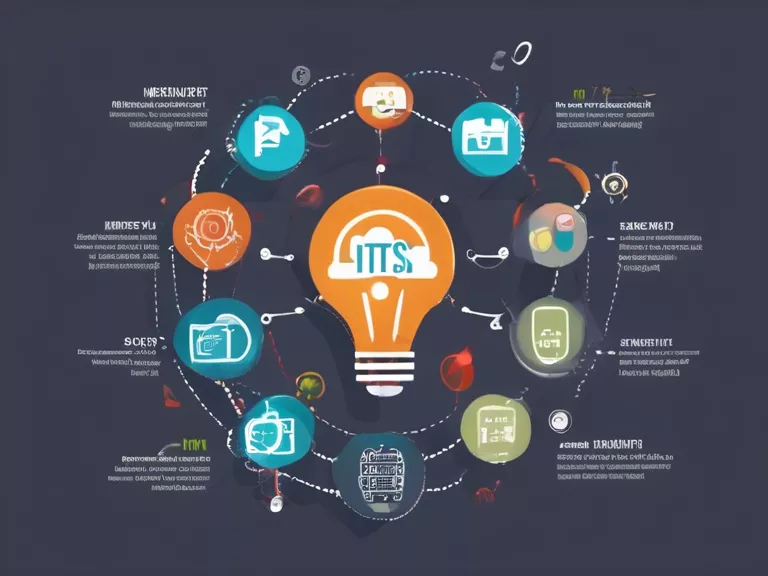
The Internet of Things (IoT) has revolutionized the way we interact with technology, enabling seamless communication between devices and systems. As IoT applications continue to proliferate across various industries, maximizing efficiency becomes crucial for businesses looking to leverage the full potential of this technology. In this article, we will explore some secret tips to help you enhance the efficiency of your IoT applications.
1. Optimize Data Collection and Processing
Efficient data collection and processing are essential for IoT applications to function effectively. To maximize efficiency, it is important to streamline the data collection process by identifying the most relevant data points and eliminating unnecessary information. Implementing real-time data processing techniques can also help reduce latency and improve overall system performance.
2. Focus on Security
Security is a paramount concern in IoT applications, as interconnected devices are vulnerable to cyber threats. To maximize efficiency, it is crucial to prioritize security measures such as encryption, authentication, and access control. Regular security audits and updates should be conducted to identify and address potential vulnerabilities before they can be exploited.
3. Embrace Edge Computing
Edge computing can significantly enhance the efficiency of IoT applications by processing data closer to the source, reducing latency and bandwidth requirements. By leveraging edge computing technologies, businesses can improve response times, enhance scalability, and reduce operational costs. Implementing edge analytics can also help in extracting valuable insights from data in real-time.
4. Implement Predictive Maintenance
Predictive maintenance is a powerful tool that can help businesses maximize the efficiency of their IoT applications by reducing downtime and optimizing asset performance. By leveraging data analytics and machine learning algorithms, businesses can predict equipment failures before they occur, allowing for timely maintenance and repairs. This proactive approach can help extend the lifespan of assets and minimize costly disruptions.
5. Ensure Interoperability
Interoperability is essential for the seamless integration of various IoT devices and systems. To maximize efficiency, businesses should ensure that their IoT applications are compatible with different protocols and standards. Adopting open-source technologies and APIs can facilitate interoperability and enable easy communication between devices from different manufacturers.
6. Leverage AI and Machine Learning
Artificial intelligence (AI) and machine learning (ML) technologies can help businesses unlock the full potential of their IoT applications by automating processes, analyzing data patterns, and making intelligent decisions. By integrating AI and ML algorithms into IoT systems, businesses can optimize resource utilization, improve efficiency, and drive innovation.
7. Monitor and Analyze Performance Metrics
Regular monitoring and analysis of performance metrics are essential for optimizing the efficiency of IoT applications. By tracking key performance indicators (KPIs) such as response times, throughput, and uptime, businesses can identify bottlenecks, optimize processes, and make data-driven decisions to improve overall system performance.
In conclusion, maximizing efficiency in IoT applications requires a strategic approach that encompasses data optimization, security measures, edge computing, predictive maintenance, interoperability, AI and ML integration, and performance monitoring. By implementing these secret tips, businesses can enhance the performance, reliability, and scalability of their IoT applications, unlocking new opportunities for growth and innovation in the ever-evolving IoT landscape.


